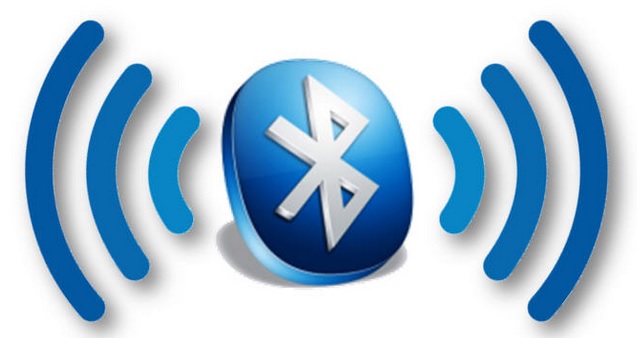The other day I was talking to someone who said, “The bluetooth on the printer isn’t working.” I wasn’t sure what they meant, because the printer didn’t have Bluetooth. Most printers don’t, actually.
Reading between the lines
I figured out what they meant was, the blue light on the printer near the Wi-Fi icon wasn’t on. And it wasn’t on… because apparently the printer was broken. But, that’s a story for another day.
What’s more important was realizing that average customers didn’t understand the difference between Bluetooth and Wi-Fi. And that’s where I get ideas for the best articles.
First, Bluetooth.
Bluetooth is a “personal area network” standard. It’s designed specifically to work in very close range. Generally we talk about Bluetooth having a range of about 50 feet but Bluetooth wants to do its best work at a range of under 6 feet. That’s really what you want.
Bluetooth is designed to let relatively dumb devices connect easily. I’m talking about headphones, speakers, mice, keyboards, that sort of thing. It’s perfect for connecting your phone to your car. Devices get “paired,” meaning that they share a private code very quickly and then they can communicate securely. Bluetooth’s security isn’t really military-grade but it does the job well especially since you generally have to be so close in order to use it.
A big part of Bluetooth’s security comes in the way devices connect. In order for two devices to connect for the first time, they need to be “discoverable.” This is a special mode that allows them to pair together. Unless a device is discoverable, you can’t pair with it. That’s the biggest reason that people can’t walk up to your phone or computer and take control of it over Bluetooth.
You actually “could” transfer files and even get to the internet over Bluetooth but it’s not really used that way. It’s not a very high-speed connection so there’s no point to it.
Now, Wi-Fi.
Wi-Fi is a “wireless network” standard. In some cases, it can work up to 150 feet away and it’s designed to provide the same security and performance as a wired network. Wi-Fi is what you use to communicate between devices in the same building. It’s much more secure than Bluetooth and a lot, lot faster.
Most people who use Wi-Fi connect to an “access point.” This is also sometimes called a “router,” because that’s another function that it serves. (Get more about that here.) Your access point actually creates the Wi-Fi network. Every device connects to it. Because everything’s connected to it, you can connect from device to device easily. When you print to your wireless printer, you’re sending that information to your access point, and the access point sends it to the printer. It just all happens so fast that you don’t even notice.
Wi-Fi is the best way to share internet connections too. The access point acts as a router (reading that article seems like a good idea now) and provides one secure point where all your devices can talk to the internet without other people seeing what’s on your devices.
Do you need both?
Most devices will have both Bluetooth and Wi-Fi because they’re used in different ways. Bluetooth is best for your keyboard and Wi-Fi is best for your internet connection.
One last bit…
If you have Bluetooth in your car (and I think most everyone does at this point) you might have noticed that it’s not as good as it used to be. While you used to be able to listen to music and get directions very well, you might notice a slight stutter or lag as things start up. This might cause you to miss an important direction or the beginning of a song. Kind of a drag right?
It turns out it’s actually on purpose. For the last couple of years, the latest Bluetooth versions have turned the system off when it’s not in use. This really cuts down on power usage and means you don’t have to manually turn it off when you’re not using it. However, it can take a second to fully power up and reconnect when it does need to work. The workaround for most people is to just play music all the time so it never turns off. I wish that setting could be controlled, but it can’t apparently.
By the way…
If you want to look at new network infrastructure including Wi-Fi access points and mesh networks, call the experts at Solid Signal. We can recommend pro-quality equipment, help design a system, and even recommend an installer in your area. Call us at 888-233-7563 or fill out the form below!





